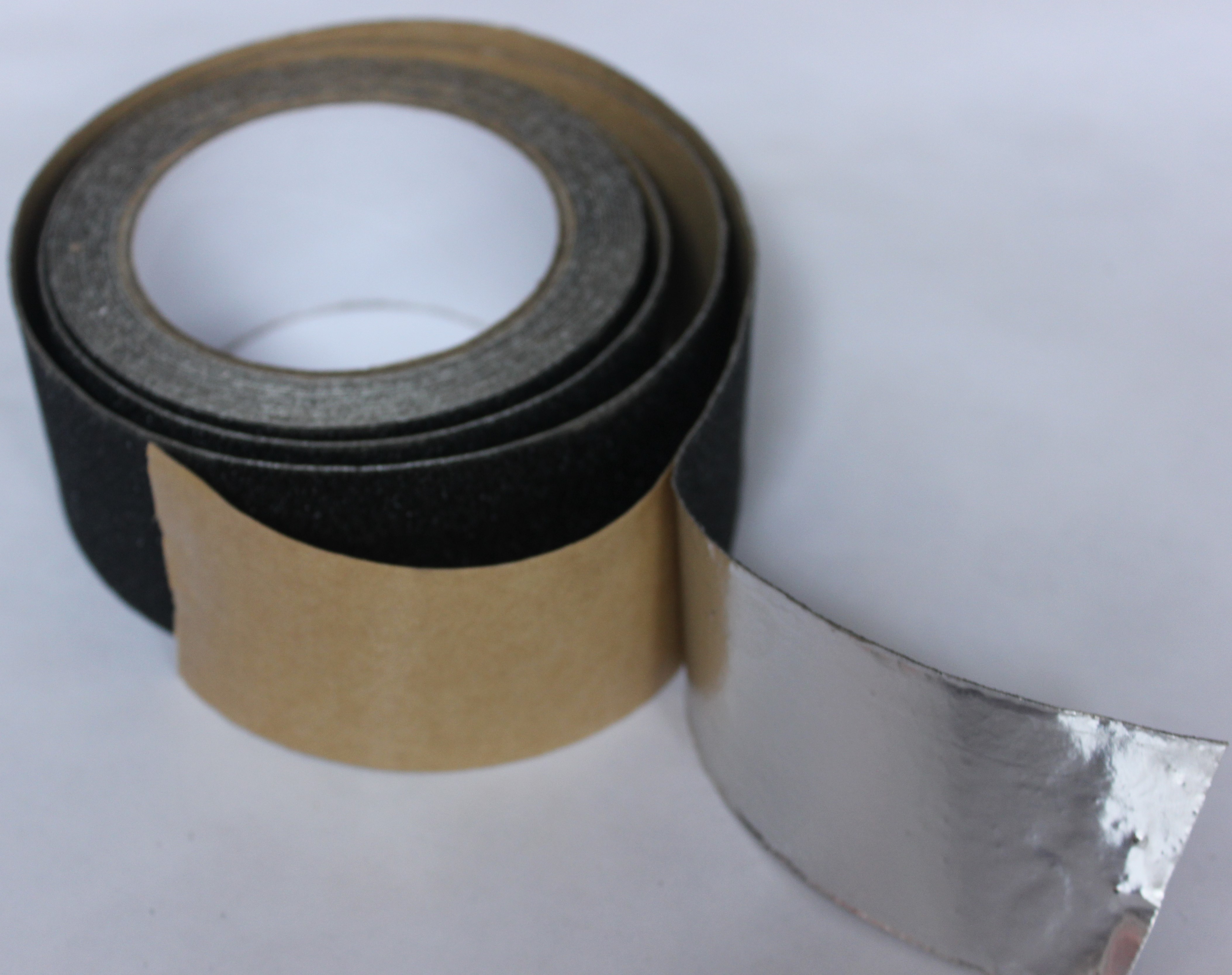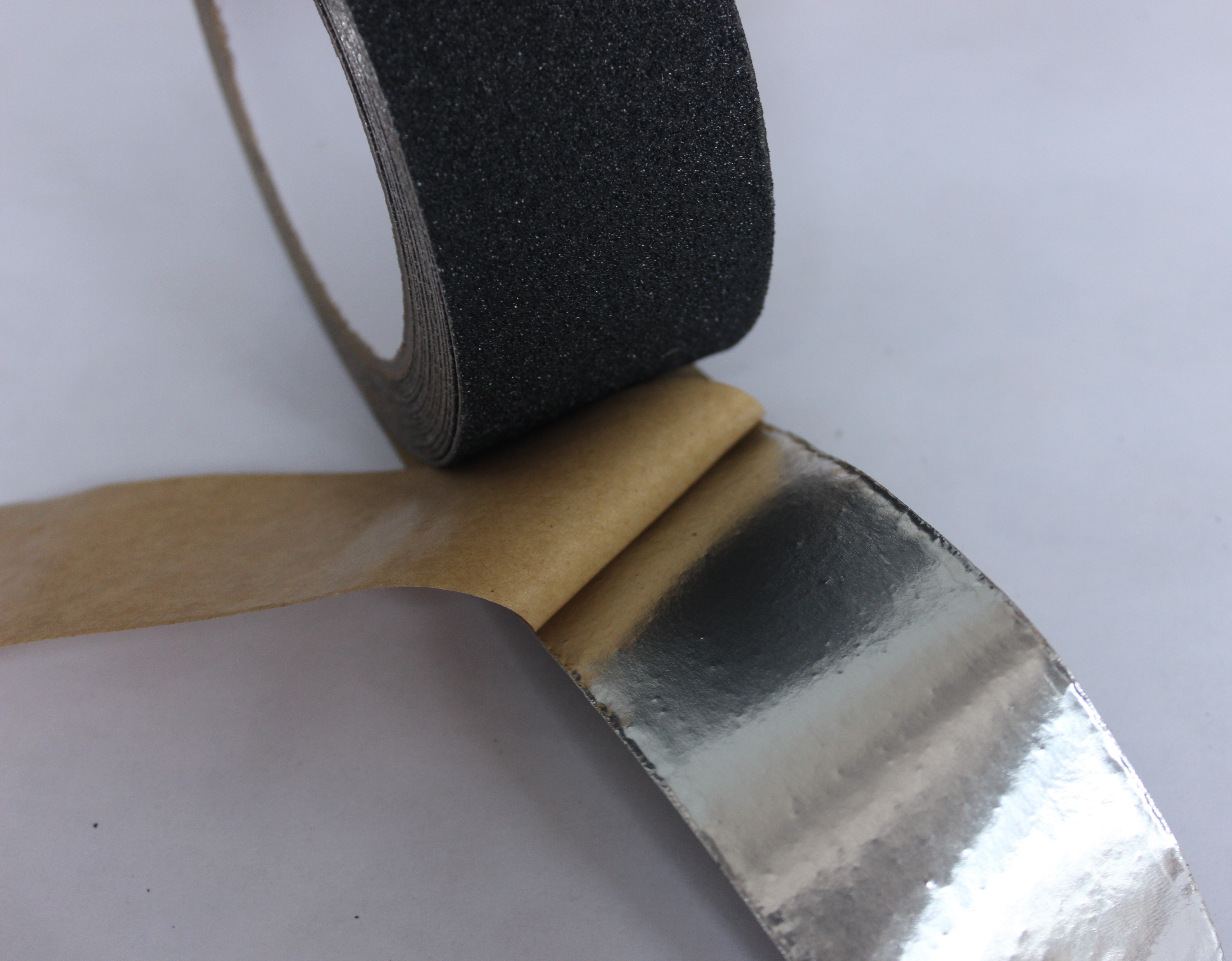Cold Dew is one of the most significant meteorological threats to the growth of late rice in southern China. During the period around the Cold Dew solar term, which typically falls in early October, it's a crucial time for late rice to develop its panicles and bloom. If low temperatures occur during this critical phase, they can lead to empty grains and reduced yields, a phenomenon commonly referred to as "Cold Dew Wind." After the founding of the People's Republic of China, double-crop rice gradually spread northward into the middle and lower reaches of the Yangtze River. In these regions, late rice enters the heading and flowering stage in mid to late September, making it vulnerable to cold damage. Despite regional differences in terminology—such as "society style" or "autumn wind" in some areas, or "anchored" and "not countersunk" in the lower Yangtze Basin—the underlying issue remains the same: low temperature damage during the flowering and grain-filling stages.
The late rice plant is particularly sensitive to low temperatures during three key growth stages: (1) young panicle differentiation (25–30 days before heading), (2) pollen mother cell meiosis (10–15 days before heading), and (3) heading and flowering. Among these, the heading and flowering stage poses the greatest risk of cold dew wind damage. While the meiosis stage is more sensitive to low temperatures, the damage tends to be more severe when it occurs. The young panicle stage is generally less affected by cold stress.
During the meiosis phase, low temperatures can cause stamen damage, leading to abnormal pollen development, resulting in deformed or empty grains and ultimately lower yields. In the heading and flowering stage, cold temperatures can prevent proper pollen maturation and fertilization, causing empty grains. Low temperatures can also slow down heading, prolong the heading period, and prevent the flowers from opening properly, leading to poor pollination and ovary development. This results in a higher rate of empty grains. Additionally, if a sudden drop in temperature occurs during the grain-filling stage, it can delay or halt the process, affecting both the grain filling and the overall health of the plant, sometimes even causing seedlings to die prematurely.
In general, severe Cold Dew events significantly reduce late rice yields. Although multiple factors contribute to the damage, low temperature is the primary cause. The earlier the cold event occurs, the lower the temperature, and the longer the duration, the greater the impact. Wind, rain, or extreme dryness can exacerbate the damage. For example, in coastal areas of South China, when cold air meets typhoons, strong winds and heavy rains can further harm the crops, not only reducing yield but also causing mechanical damage.
There are two main types of Cold Dew weather that affect late rice:
1. **Wet-Cool Type**: This occurs when cold air moves southward and meets warm, humid air. It is characterized by low temperatures, rain, and limited sunlight.
2. **Dry-Cool Type**: This happens when strong cold air moves south, bringing dry, windy conditions with large temperature fluctuations between day and night.
Low temperature is the primary factor affecting late rice during heading and flowering. Temperature is used as an indicator to assess the severity of damage. In southern China, where double-crop rice is widely grown and the terrain varies, different regions use varying temperature thresholds. According to agricultural meteorological standards, the following criteria are commonly used:
- For japonica rice, if the average daily temperature drops below 20°C for three consecutive days.
- For indica and hybrid rice, if the average daily temperature falls below 22°C for three consecutive days.
To mitigate the impact of Cold Dew Wind, farmers must take proactive measures. These include understanding the patterns of cold events and selecting varieties that can safely head and flower without being affected. Accurate forecasts allow for better planning, such as choosing early-maturing varieties in years with early cold events and adjusting planting areas accordingly. Breeding cold-resistant rice varieties, improving field management through proper fertilization and irrigation, and using agricultural techniques like night irrigation and water spraying can help create a more favorable microclimate and reduce temperature stress.
Aluminum Foil Anti Slip Tape
Aluminum foil backed anti slip tape is a special
anti slip tape that is designed for uneven surfaces and high traffic areas, it
can be used instead of 3M 500 series, such as 3M 510 and 3M 530. The aluminum
foil backing make the tape much more durable than general anti slip tape, and
it has no memory so that it can remain its shape and conform to uneven surfaces.
The aluminum foil has no stretchability which is different from PVC or PET
plastic based, when a plastic stretches it wants to revert to its original
state so will lift from an irregular substrate. It is widely used for stairs, ladders, loading
ramps, platforms, diamond plating, flat surfaces with rivets or screw heads.
Product specifications
Product name:
Color: Black, yellow, Black/yellow
Size: 1inch, 2inch, 3inch, 4inch width, 3meters,
5meters, 10meters, 15meters, 18meters length. Other sizes also can be
customized.

Aluminum foil anti slip tape, Conformable Anti Slip Tape, Foil Base Anti Slip Tape, Foil Backed Anti Slip Tape
Kunshan Jieyudeng Intelligent Technology Co., Ltd. , https://www.jerrytape.com

